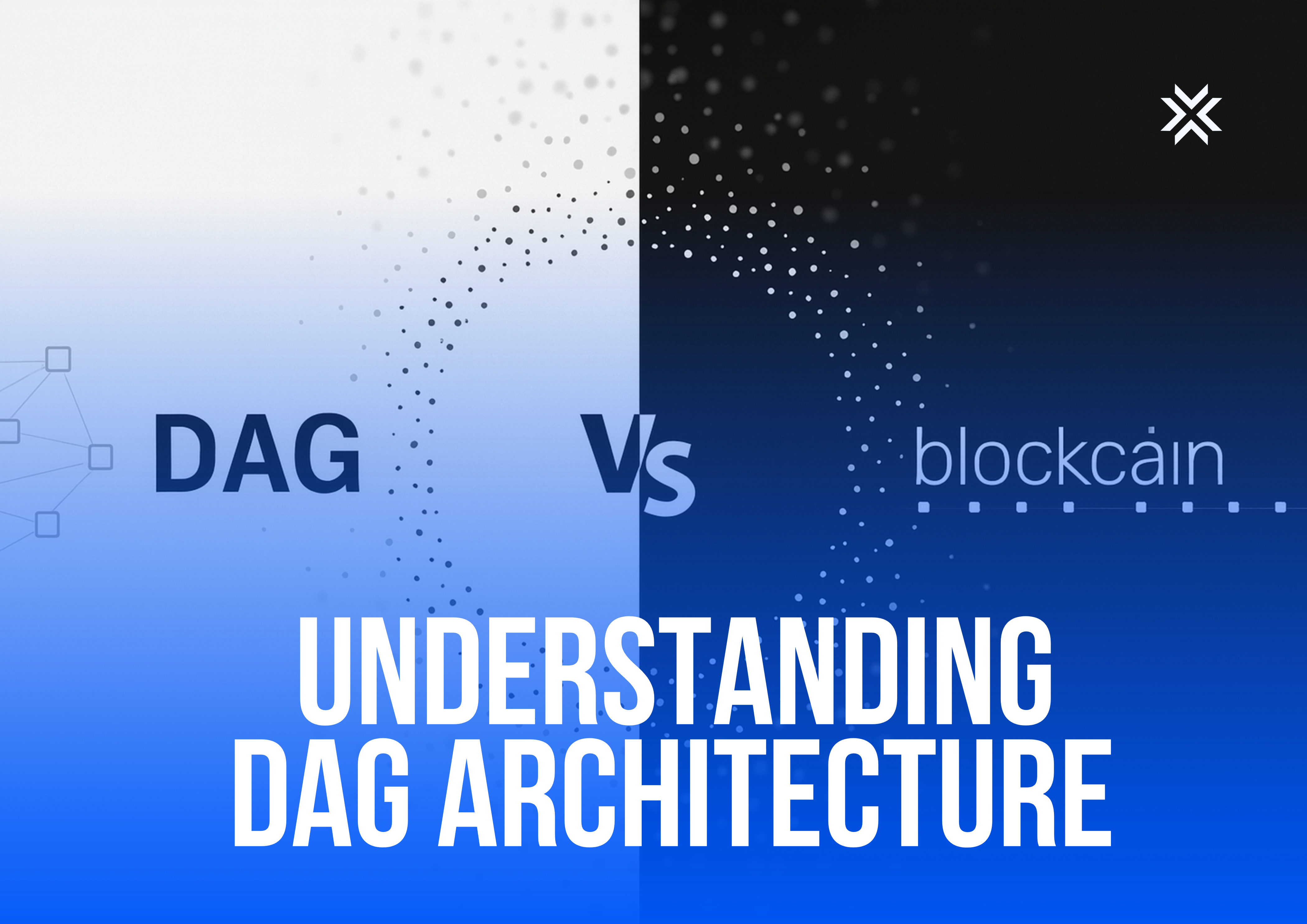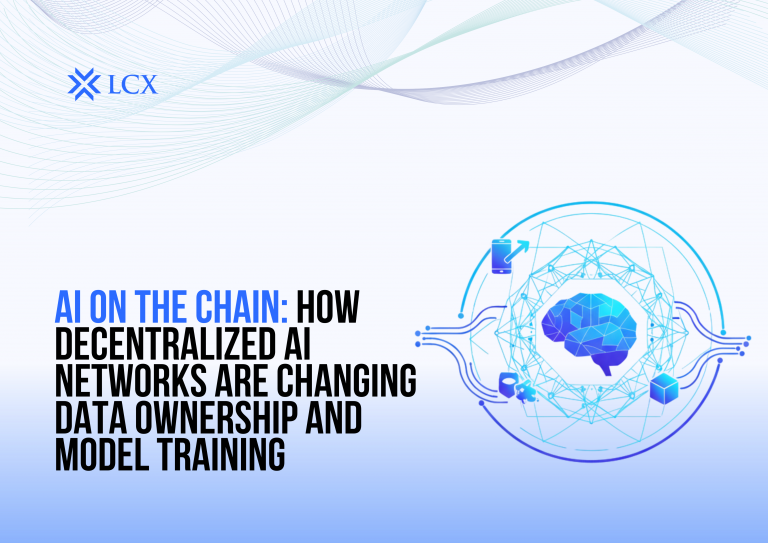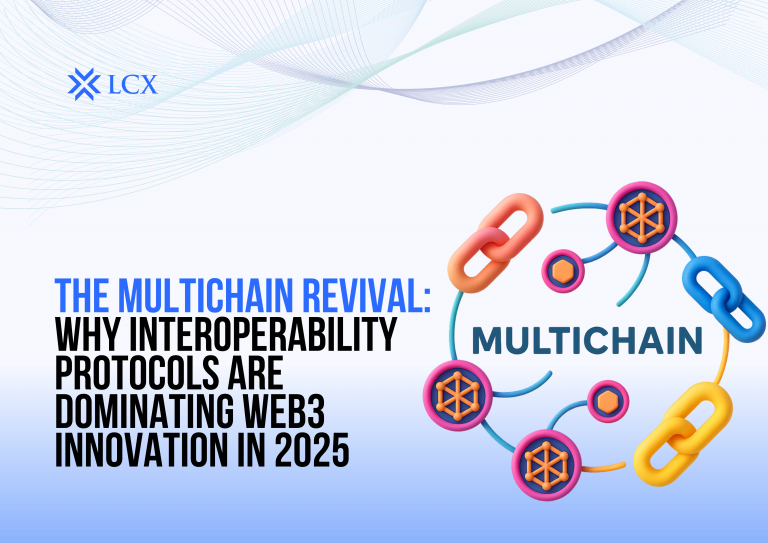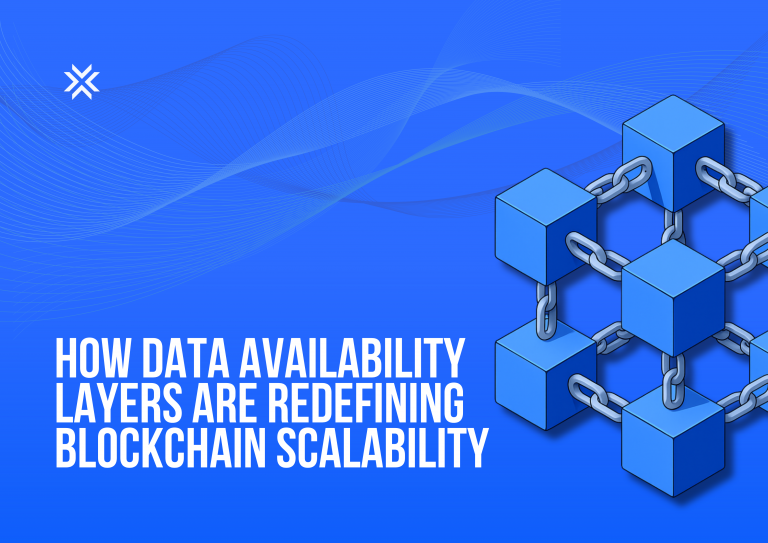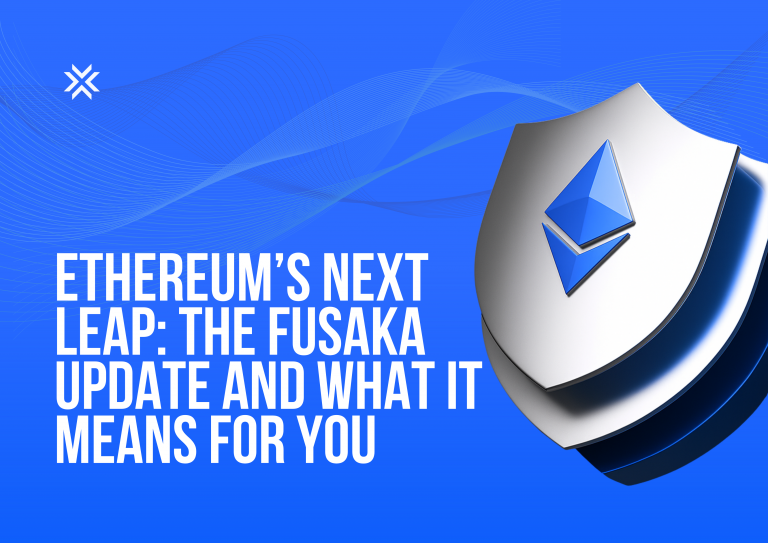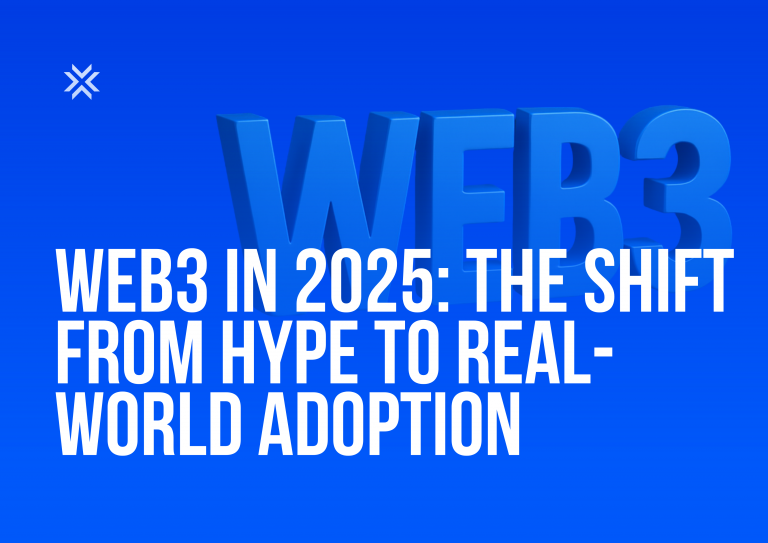In the realm of distributed ledgers and blockchain systems, scaling remains one of the most persistent and challenging issues. Traditional blockchains—such as Bitcoin and Ethereum—employ a strictly linear chain of blocks. This linear model imposes inherent bottlenecks on throughput, latency, and decentralization.
Enter the Directed Acyclic Graph (DAG)-based architecture: an alternative ledger design that promises to alleviate many of these scaling constraints. In this blog, we will explore what a DAG architecture is, how it differs from linear blockchain, the benefits and trade-offs it introduces, and why it matters for next-generation blockchain systems.
What is a DAG Architecture in the Context of Distributed Ledgers?
At its core, a Directed Acyclic Graph (DAG) is a data structure from graph theory: nodes (vertices) connect via directed edges, and there exist no cycles (i.e., you cannot traverse edges and return to the original node). In blockchain or distributed ledger technology (DLT), this structure organizes transactions not in a single linear chain but in a graph of multiple inter-linked sequences.
In contrast to a blockchain where every new block references exactly one previous block (its immediate predecessor), a DAG-based ledger allows a new transaction or block to reference multiple earlier transactions or blocks. The ledger thus grows in a branching, parallelizable fashion rather than strictly sequential.
Key features of DAG-ledgers include:
- Multiple references: A new vertex may reference several previous vertices, enabling more concurrency.
- Parallelism: Since there is no single “next block,” multiple blocks or transactions can be processed and appended in parallel.
- No global sequence at creation time: Transactions can be appended concurrently and later ordered or finalized.
- Eventual ordering or consensus: Many DAG systems enforce ordering or finality later to ensure consistency of the global state.
In short, the DAG architecture shifts away from the “one-block-after-another” model to a more fluid structure that allows higher throughput and lower latency if designed well.
Why Traditional Linear Blockchains Struggle to Scale
Before diving deeper into DAG benefits, it is helpful to understand why linear blockchains encounter scaling bottlenecks:
- Sequential block production: In systems like Bitcoin, blocks are produced at intervals and reference a single previous block, limiting throughput.
- Propagation delays and orphaned blocks: Only one chain is accepted, and new blocks must propagate throughout the network before the next one is accepted.
- Global serialization: Every node must maintain the same total order of blocks or transactions, which creates a bottleneck under high load.
- Scalability vs. decentralization trade-off: Many scaling solutions increase node requirements, reducing decentralization.
- Latency and confirmation time: Limited block production and conservative design increase confirmation times.
Because of these constraints, many networks cannot easily process thousands of transactions per second while remaining decentralized, secure, and low latency.
How DAG Architecture Improves Scalability
DAG-based architectures address many of these challenges through their structural flexibility and concurrency. Here’s how DAGs improve blockchain scalability:
- Parallel block or transaction creation
Since new transactions can reference multiple predecessors, multiple transactions can be validated and added concurrently. - Reduced propagation and sequencing delays
By decoupling creation from global ordering, nodes can generate and share work faster, reducing confirmation times. - Scalable horizontal growth
DAG architectures naturally support sharding, allowing multiple shards to operate concurrently and merge into a globally consistent state. - Lower hardware or node barrier
Because nodes can process data in parallel and without maintaining full global ordering in real time, participation can be more inclusive. - Better suited for high-load use cases
DAGs work well for IoT, microtransactions, DeFi, and real-time data environments where concurrency is essential.
In essence, DAGs offer a promising path for distributed ledgers to scale up while maintaining decentralization and efficiency.
Example Architectures and Use-Cases
To illustrate the concept, here are a few notable examples:
- IOTA’s “Tangle”: One of the earliest DAG-based DLTs, where each transaction approves two earlier ones, reducing fees and bottlenecks.
- Kaspa: Uses a BlockDAG protocol called GHOSTDAG that enables high block generation rates and faster confirmation times through parallel blocks.
- Waterfall Network: Employs a hybrid DAG structure to achieve high throughput while maintaining a globally consistent state.
- Shard-DAG frameworks: Advanced DAG proposals designed for IoT and high-frequency transaction environments.
These examples demonstrate how DAG architectures can be tailored for performance, scalability, and use-case specificity.
Why It Matters for Blockchain Scaling
Here’s why DAG architectures are gaining importance in blockchain innovation:
- Meeting future demand: As DeFi, tokenized assets, and Web3 applications grow, DAGs can handle the required transaction volume.
- Preserving decentralization: Lightweight node participation helps maintain inclusivity and prevents centralization.
- Fast and affordable transactions: DAGs enable real-time, low-fee interactions ideal for microtransactions and IoT.
- Enabling new possibilities: From supply chain tracking to RWA tokenization, DAGs open doors for highly concurrent use cases.
- Competitive advantage: DAG-based blockchains have a structural edge in scalability and transaction throughput.
Trade-Offs and Challenges of DAG Architectures
Despite their advantages, DAG architectures also introduce new challenges:
- Ordering and finality complexity: Concurrent transactions make it harder to establish a unique global order or deterministic finality.
- Consensus safety: With multiple concurrent pathways, ensuring security and preventing double-spends requires robust consensus models.
- Incentive design: Reward mechanisms must discourage spam and ensure fair participation.
- Complex network logic: DAG maintenance, reference tracking, and state reconciliation demand advanced technical design.
- Ecosystem maturity: DAG-based systems are newer and may lack developer tools and ecosystem support.
- Interoperability: Integrating DAGs with traditional linear blockchains or smart-contract systems can be more complex.
While DAGs offer exceptional scalability, they require thoughtful implementation to balance security, decentralization, and usability.
Best Practices for Applying DAG Architecture
For developers and blockchain architects exploring DAG-based solutions, here are some key principles:
- Define clear ordering and finality rules to ensure consistent and reliable state validation.
- Balance concurrency and control to avoid chaos while maximizing parallelism.
- Keep node participation lightweight to maintain decentralization and scalability.
- Design for adversarial conditions with Byzantine fault tolerance and network partition resilience.
- Implement sharding or subnetworks to enhance horizontal scalability.
- Build strong ecosystem tools for debugging, transaction tracking, and developer adoption.
- Educate users and developers about how DAG-based finality and confirmations differ from traditional blockchains.
Conclusion
DAG architecture represents one of the most meaningful innovations in distributed ledger design. By replacing linear chains with graph-based structures, DAGs directly tackle blockchain’s biggest challenge — scalability.
They enable faster transactions, higher throughput, lower latency, and greater decentralization, making them ideal for next-generation applications such as DeFi, tokenized assets, and IoT systems.
While DAGs introduce complexity in ordering, consensus, and ecosystem tooling, their potential to reshape blockchain scalability is undeniable. As the Web3 ecosystem matures, DAG-based systems may power the next leap in global, high-performance, and decentralized infrastructure.
